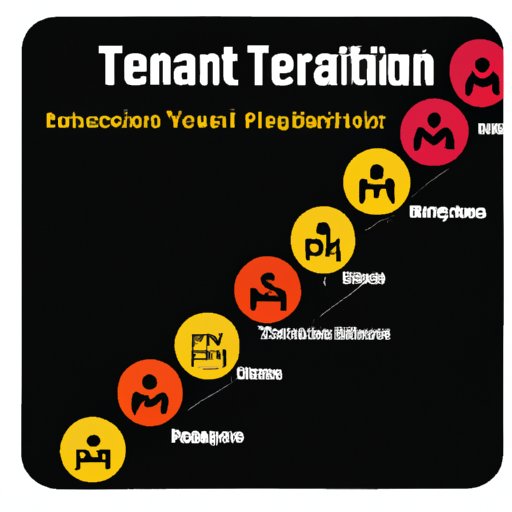Introduction
A talent pipeline is a process used by businesses to identify and develop potential candidates for future job openings or promotions. It involves recruiting, interviewing, and onboarding new employees before they are needed, in order to have a pool of qualified individuals ready when the time comes. The goal of a talent pipeline is to create a steady flow of high-quality individuals who can fill positions quickly and efficiently.
Having a talent pipeline can be beneficial for businesses, as it can help reduce the time and cost associated with recruiting and onboarding new employees. Additionally, it allows employers to focus on long-term planning, as they can begin to build relationships with potential future employees early on. Finally, having a talent pipeline ensures that there is a large pool of qualified candidates to choose from when hiring for open positions.

Identifying and Attracting Top Talent
The first step in creating a successful talent pipeline is to identify and attract top talent. This involves researching and understanding the needs of the organization and the skills and qualifications necessary for various positions. Companies should also consider the type of talent they are looking for, such as recent graduates, experienced professionals, or specialists in certain fields.
Once the criteria for top talent has been established, companies can begin to search for potential candidates. There are a variety of sources available for finding talent, such as job boards, social media, employee referrals, and professional networks. Additionally, companies can use recruitment agencies or third-party vendors to assist in the process of finding and vetting potential candidates.
Structuring an Effective Pipeline Process
Once potential candidates have been identified, the next step is to structure an effective pipeline process. This involves creating a plan for recruiting, interviewing, and onboarding new employees. Companies should also consider strategies for engaging and retaining talent in the pipeline, such as offering mentorship programs, career development opportunities, and competitive compensation packages.
Companies should also ensure that their pipeline process is well-documented and regularly updated. This includes keeping track of the number of applicants, the average time to hire, and the overall success rate of hires. Additionally, companies should consider implementing automated systems for managing the pipeline process, such as applicant tracking software.

Examples of Companies with Successful Talent Pipelines
There are many examples of companies with successful talent pipelines. For instance, Google has developed a comprehensive system for recruiting and onboarding new employees. Their process involves using data-driven algorithms to identify the best candidates, while also providing mentorship and support to new hires. Additionally, Amazon has implemented a rigorous interviewing process, which includes multiple rounds of interviews and tests to assess a candidate’s technical and problem-solving skills.
Other successful talent pipelines include those of Microsoft, Apple, and Facebook. Each of these companies has developed an effective system for finding, recruiting, and onboarding top talent. These processes involve using a combination of automated tools and manual processes to identify and assess the best candidates.

Measuring and Tracking Progress Along the Pipeline
Once a talent pipeline has been established, it is important to measure and track progress along the pipeline. Companies should consider tracking metrics such as the number of applicants, the average time to hire, and the overall success rate of hires. Additionally, companies should consider developing ways to measure employee engagement and retention, such as surveys and feedback systems.
Companies should also consider tracking the performance of new hires. This includes assessing the efficacy of the onboarding process and the ability of new hires to perform their duties. By tracking this information, companies can identify areas of improvement and make adjustments to their talent pipeline process as needed.
Conclusion
Creating a successful talent pipeline is essential for businesses looking to recruit and retain top talent. Companies should consider identifying and attracting top talent, structuring an effective pipeline process, and measuring and tracking progress along the pipeline. By doing so, businesses can ensure that they are able to find and onboard the best candidates for open positions.
Having a talent pipeline can be beneficial for businesses, as it can help reduce the time and cost associated with recruiting and onboarding new employees. Additionally, it allows employers to focus on long-term planning, as they can begin to build relationships with potential future employees early on. Finally, having a talent pipeline ensures that there is a large pool of qualified candidates to choose from when hiring for open positions.
(Note: Is this article not meeting your expectations? Do you have knowledge or insights to share? Unlock new opportunities and expand your reach by joining our authors team. Click Registration to join us and share your expertise with our readers.)
